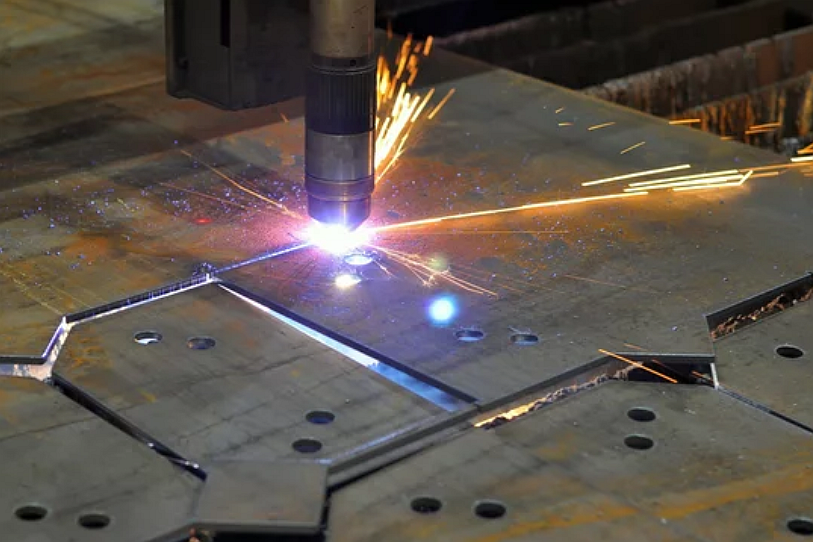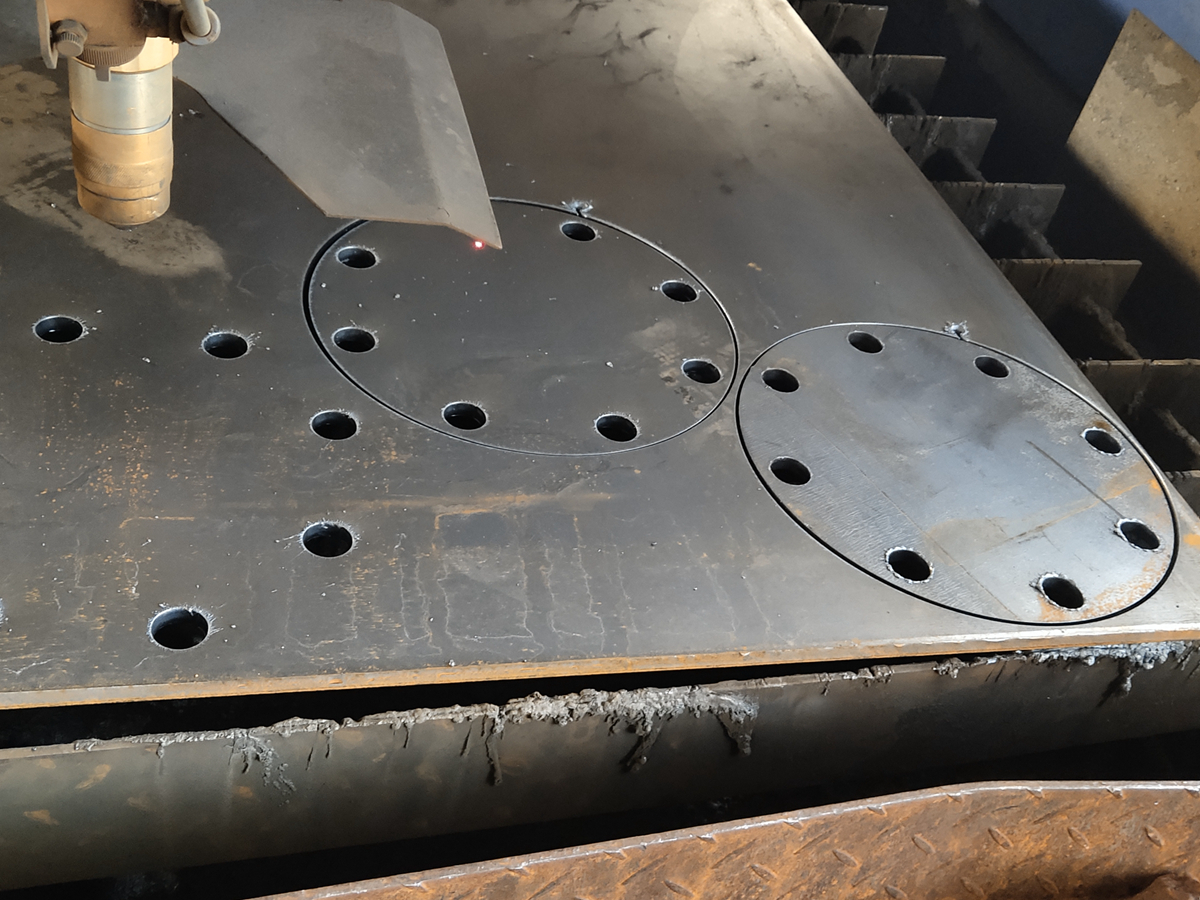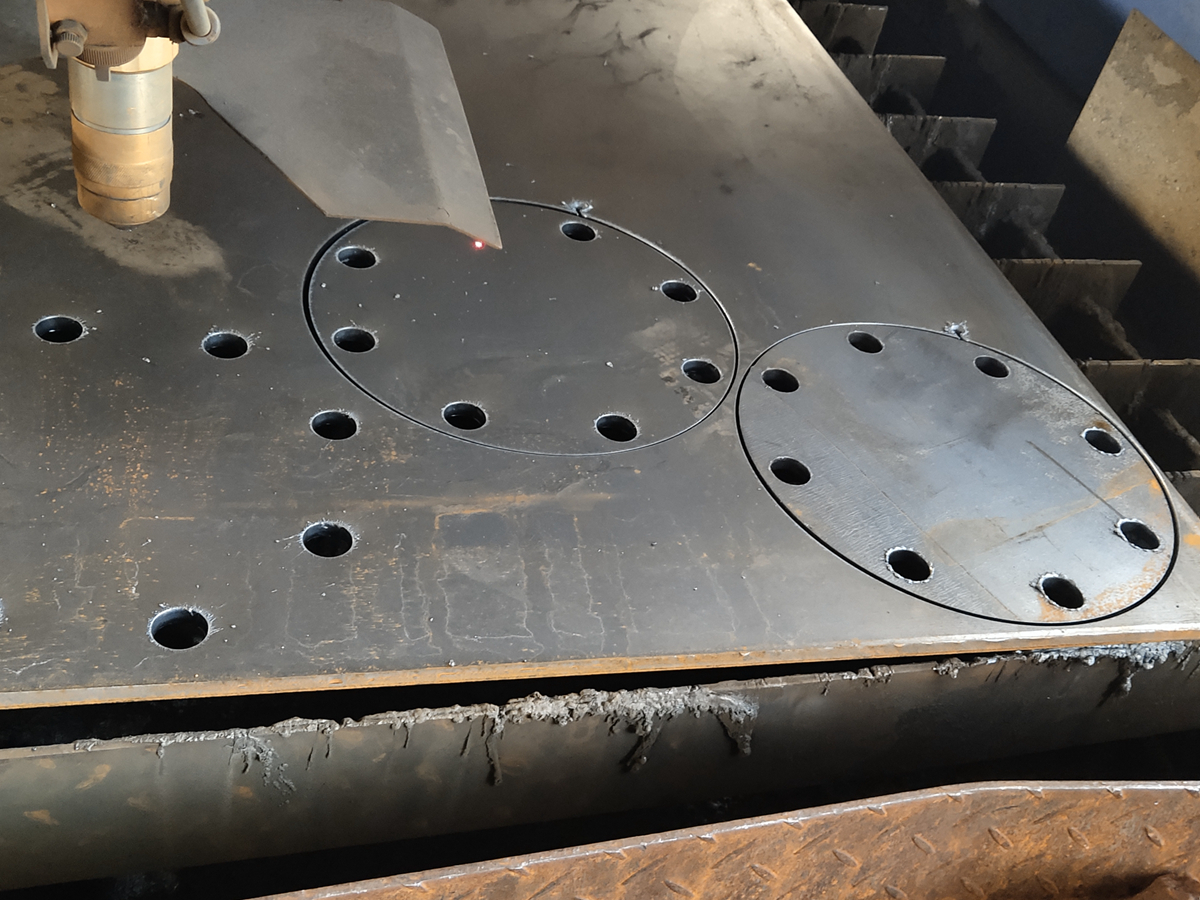What factors determine the precision of plasma cutting?
What Factors Determine the Precision of Plasma Cutting?
Torch and Nozzle Design
The shape and diameter of the plasma nozzle directly influence arc stability and focus. High-definition plasma torches with fine orifices and optimized swirl rings can deliver kerf widths as narrow as 1.0–1.5 mm with edge tolerances of ±0.1 mm. Precision also improves with maintained electrode and nozzle conditions, reducing arc wander.
Cutting Current and Gas Parameters
Amperage must be matched to material thickness. For example, cutting 10 mm carbon steel typically requires 80–100 A for optimal arc shape and penetration.
Gas type and pressure—such as air, nitrogen, or argon-hydrogen—affect arc constriction and dross formation. Balanced pressure ensures cleaner cuts with less beveling and HAZ expansion.
Torch Height and Standoff Control
Maintaining a constant torch-to-material distance (typically 1–3 mm) is critical. Torch height control systems (THC) monitor arc voltage in real time to adjust standoff during cutting, especially on warped or uneven sheets. Accurate standoff improves cut edge squareness and reduces kerf deviation.
Material Type and Surface Condition
Conductivity and composition affect how the arc initiates and travels. Plasma performs best on clean, conductive materials like carbon steel and aluminum.
Oxidation, coatings, or scale on the surface can cause arc instability. Pre-cleaning or descaling improves consistency.
Motion System Accuracy
CNC control systems determine how precisely the torch moves across the material. Servo-driven gantries, precision bearings, and linear guides ensure accurate following of programmed paths. High-end systems achieve repeatability within ±0.05 mm, especially for fine feature profiles and circular cuts.
Consumables, Wear, and Maintenance
Worn nozzles and electrodes degrade arc quality, causing irregular kerfs, rough edges, and bevel errors. Regular replacement of consumables is essential for maintaining high-quality output in precision plasma cutting services.
Software and Path Optimization
Advanced nesting and path planning software reduce unnecessary torch movement and thermal distortion. Features such as lead-in/lead-out geometry, corner looping, and speed ramping improve edge precision and minimize overburn.
Manufacturing Services for Precision Plasma Cut Parts
Neway offers high-accuracy plasma cutting services with ±0.1 mm tolerance control, CNC automation, and optimized consumable management. With 20+ years of experience and CNC machining integration, we deliver reliable, dimensionally stable parts across automotive, industrial, and energy sectors.



